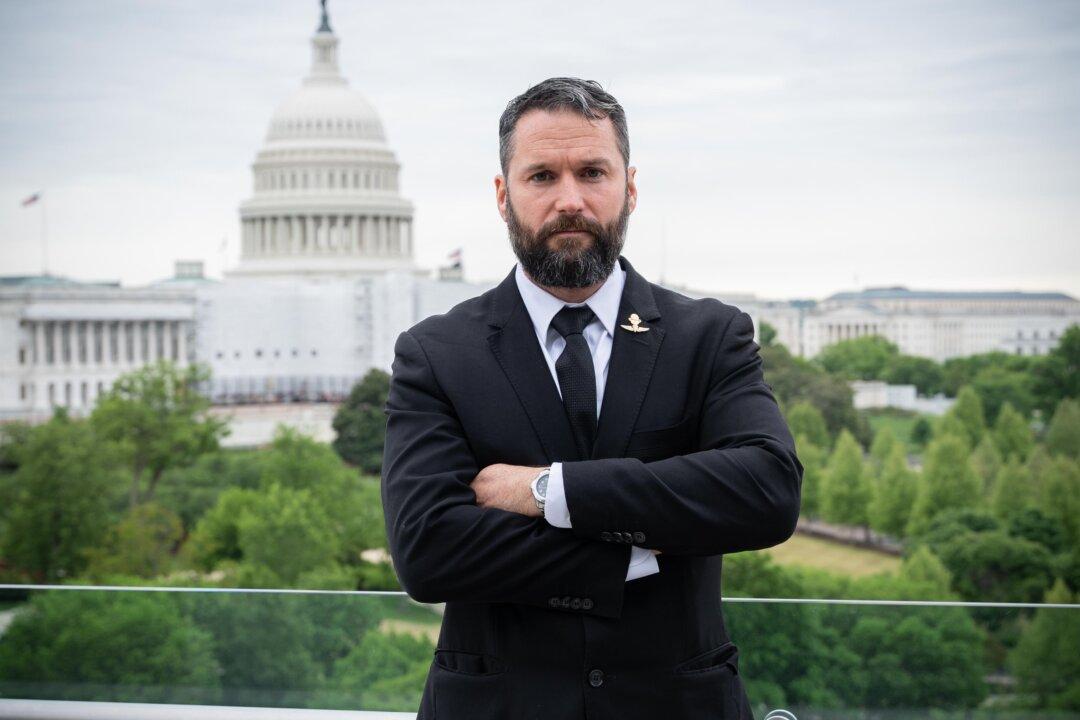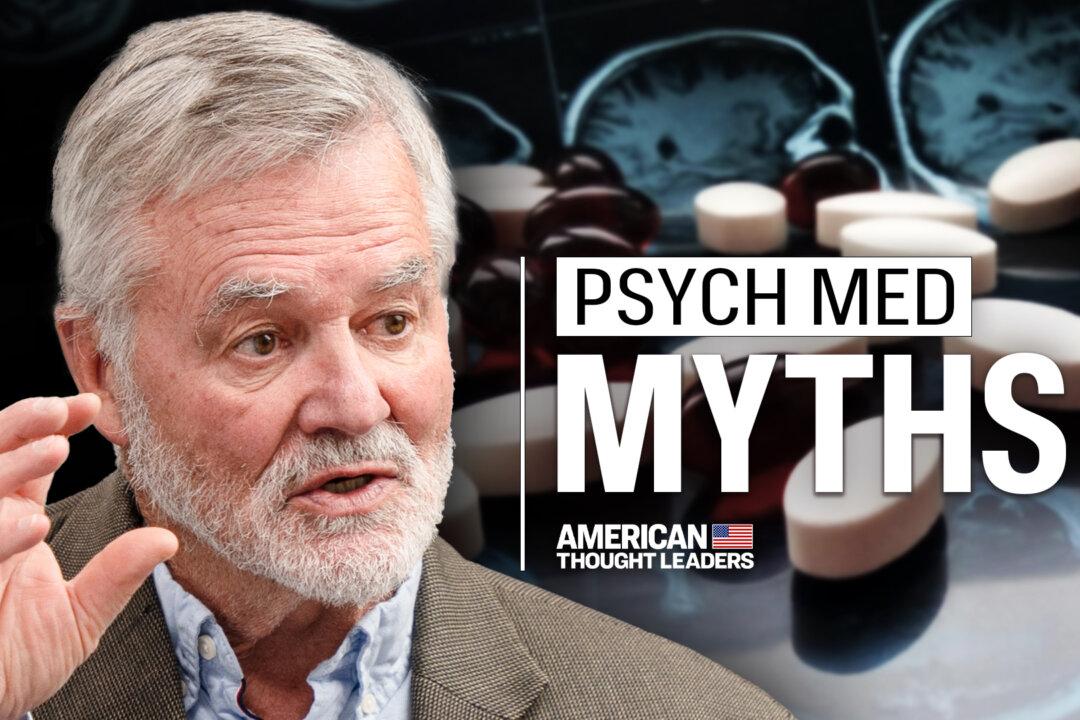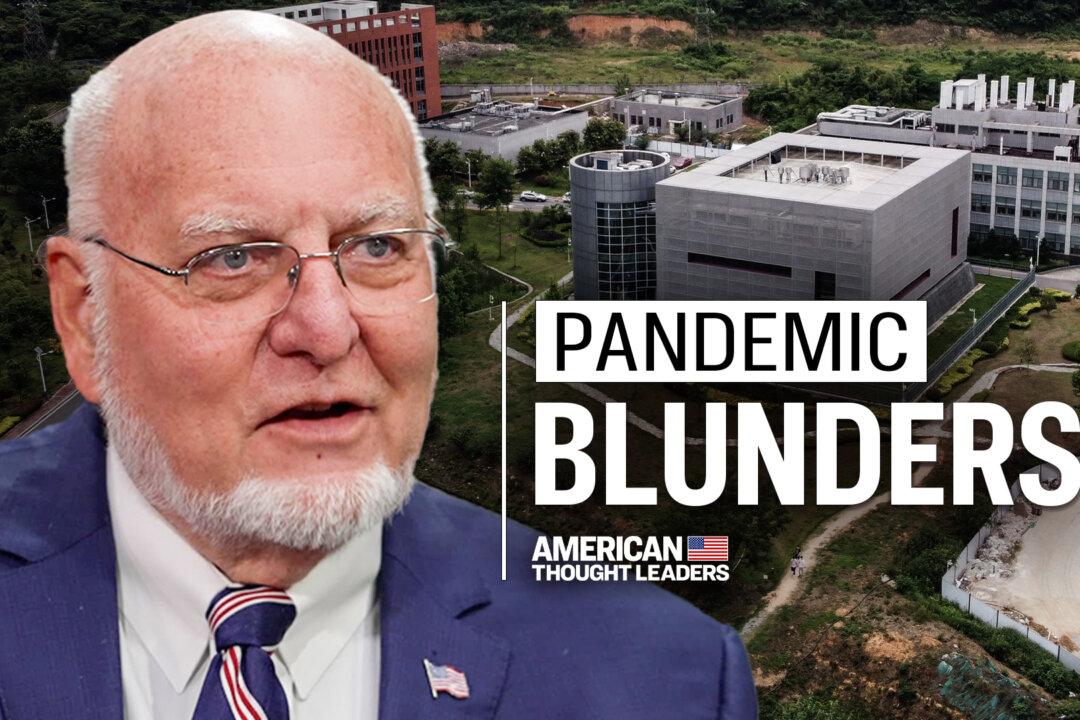“Every single way you look at it, modern society is not prepared to live without electricity,” says Tommy Waller, the president and CEO of the Center for Security Policy and an expert on the U.S. grid. He’s also featured in the documentary “Grid Down, Power Up.”
In a recent episode of “American Thought Leaders,” host Jan Jekielek and Mr. Waller discussed the vulnerabilities of the United States’ electrical grid, why the industry and our government have failed to correct these problems, and what happens if the grid goes down.






